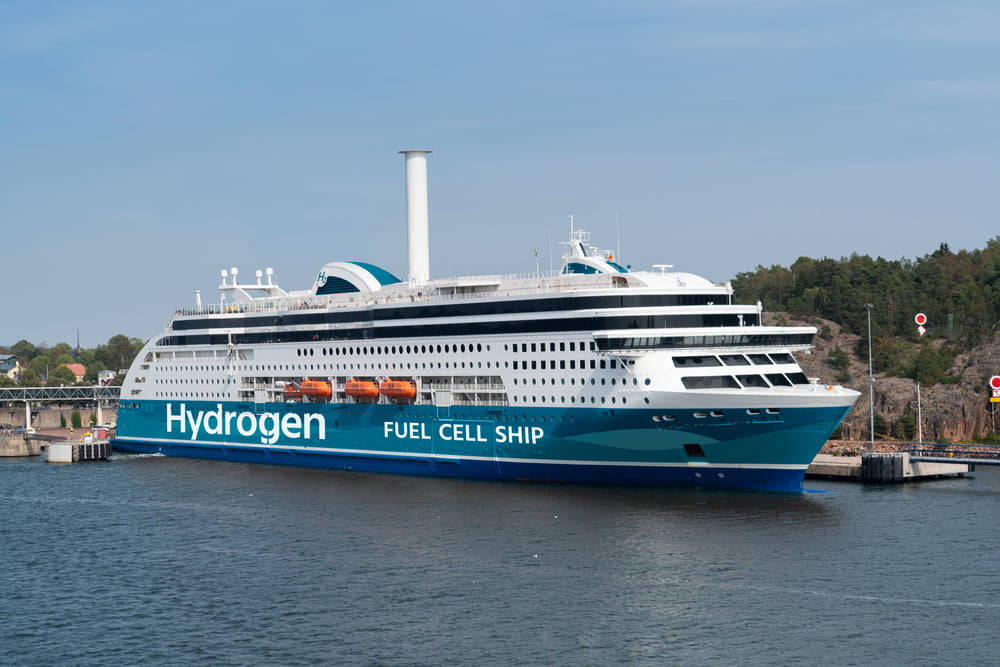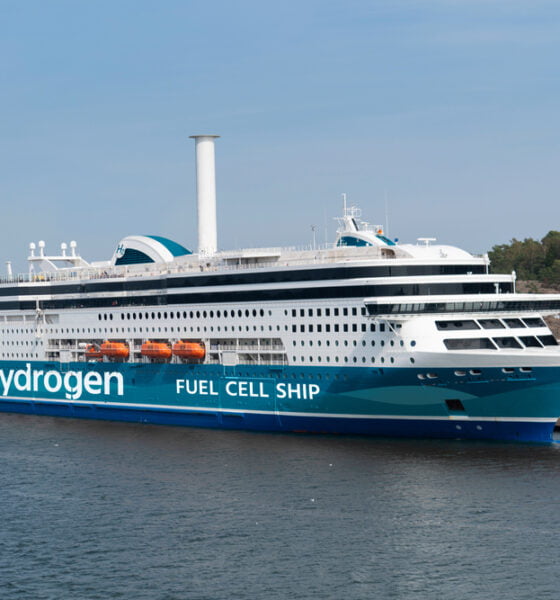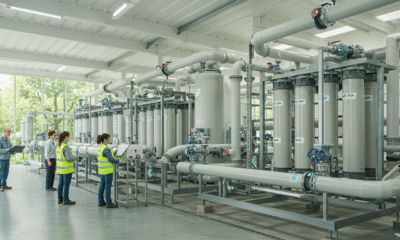

Editors Choice
Is Decarbonizing The Shipping Industry an Achievable Goal?
A recent article in Financial Times had some bad news for the fight against climate change – the goals set by the Paris Climate Accord seem increasingly unachievable. The good news is that there are still changes that can help.
In recent years, decarbonization has become a global imperative. This is because climate change is an increasingly urgent issue affecting several sectors and industries worldwide, as well as government bodies, businesses and modern society as a whole.
At the forefront of many initiatives to counteract a catastrophic rise in global temperatures is the reduction of carbon emissions. One of the biggest focuses has been on looking towards low carbon energy sources. Low carbon energy sources currently account for 19% of all energy, but that figure is growing as decarbonization becomes a greater priority. Also known as greenhouse gas emissions, the elimination of carbon emissions or decarbonization is an area in which a number of major industries have a significant role to play.
Globally, many industries and sectors are making an effort to decarbonize. However, to achieve a global goal of net-zero emissions, progress needs to be made in very specific industries, such as the maritime sector, which boasts long asset lifespans and a high dependency on fossil fuels.
Although most of the maritime industry is now committed to decarbonization, the sector has a long way to go. This is because the environmentally sustainable fuels needed to power the industry’s infrastructure, including more than 60,000 ocean-going vessels, are still being researched and developed. Until then, the maritime sector must find alternative methods to decarbonize.
So how can the maritime industry begin decarbonization? And what is decarbonization for eco-friendly businesses anyway?
What is decarbonization?
As the name suggests, decarbonization is the act of proactively reducing and/or eliminating carbon emissions. In the context of the maritime sector, decarbonization is the industry’s transition to a system that reduces carbon dioxide emissions from both onshore and offshore infrastructure, such as ports, ships and vessels. The ultimate goal of decarbonization in the maritime sector is to eliminate carbon emissions completely and establish more environmentally sustainable processes in the industry’s day-to-day operations.
This YouTube video talks about the efforts to make the shipping industry more sustainable:
Development is still ongoing for the alternative fuels the maritime industry requires to decarbonize. This includes more than 60,000 oceangoing vessels that transport 90% of our global trade every year. In response, some shipbuilders and engine manufacturers have begun constructing vessels using duel-fuel engines that can operate on methanol and fuel oil, or on LNG and fuel oil. Currently, ships with dual-fuel engines run mostly on conventional fuels because there aren’t any affordable alternatives available. Although there are numerous fuels currently in development, including green LNG, green methanol, green ammonia and green hydrogen, the maritime industry must make alternative arrangements if it is to begin the decarbonization process. This of course begs the question – can the maritime industry in its current state begin decarbonizing? The solution may lie in smaller, more achievable steps.
Can the maritime industry decarbonize?
When it comes to ship management, the key steps throughout the life of a vessel are design, procurement of materials, assembly, ongoing maintenance, refitting and eventual end-of-life recycling and disposal. At each phase, the maritime industry must focus on decarbonization. Options include building the vessel with an optimized hydrodynamic hull design, wind support for sailing, efficient multi-fuel engines and digital systems that optimize routing and the distance traveled. Materials should also be sourced from suppliers utilizing low-carbon production methods.
Of course, the kinds of vessels built will depend on the materials, engines and fuels available. It will also come down to the overall goals of owners and operators as well as future regulations, locations and the expected length of ownership and operations. This is why incentives and encouragement are needed to reduce uncertainties when it comes to any hesitation or doubt. In this situation, market-based policies such as carbon pricing can spur the development of innovative shipbuilding technologies and hasten the transition to a decarbonized maritime industry. This is where implementing green corridors could be beneficial to the sector.
Green corridors
In essence, the maritime industry is a global, autonomous ecosystem compromised of numerous organizations and businesses that collaborate when necessary to accomplish a shared objective. There is no single leader who determines this ecosystem’s direction – instead, decisions are shared among the numerous participants operating within the ecosystem. As a result, adaptation is not centralized but rather organic and in response to the demands of each partner. This needs to change if the industry hopes to decarbonize by 2050, as outlined by the International Maritime Organization (IMO).
Achieving a higher level of ongoing collaboration for innovation and transformation is challenging. This is because when it comes to the day-to-day operations of the maritime industry, there are multiple levers across the sector required to decarbonize operations completely. Owners/operators working within the maritime sector need to align their strategies and goals to ensure that they work simultaneously. This is where green corridors come in – implementing green corridors could put pressure on owners/operators who are hesitant to invest in green technologies and essentially spark change across the entire industry.
As the name suggests, a green corridor is the decarbonization of a specific maritime route. As ports are a crucial component within the maritime supply chain, decarbonizing specific ports could accelerate decarbonization as well as provide the necessary infrastructure the sector needs to store alternative fuels and onshore supplies. Doing so would also give owners/operators the incentive to invest in green technologies for their own fleets.
Final thoughts
By implementing more environmentally sustainable processes, the maritime sector could catalyze green growth and development across a number of other important sectors.
You might be asking how the marine industry could possibly be expected to decarbonize, given how significant the sector is in ensuring continuity in the global economy. At the end of the day, the maritime sector must decarbonize and move away from utilizing fossil fuels as its main source of energy just like any other major sector – especially if it hopes to minimize its impact on our planet. By investing in the right technology, driving demand, encouraging worldwide collaboration and working with the right government bodies to enact effective policies, the maritime sector could stimulate greater investment and interest in renewable projects and effectively kickstart a green revolution that transforms the world’s major industries.






























